Navigating through the pest world can be tricky, especially when it comes to elusive pests like no-see-ums. These tiny, biting insects can turn outdoor adventures into itchy endeavors if not handled correctly. You might wonder, “What is the best way to repel no-see-ums and reclaim my comfort?”—you’re in the right place.
We’ve investigated various repellents, studied their effectiveness, and observed their limitations, presenting you with a comprehensive guide. Whether you’re planning for outdoor activities, battling a persistent infestation, or seeking ways to prevent future invasions, read on to discover the best repellents for no-see-ums and learn how to use them effectively.
POINTS
- No-see-ums are tiny biting pests that pose a nuisance due to their painful, itchy bites and their ability to infest homes. They are most prevalent in warm, humid climates like Florida.
- Various repellents are available for protecting against no-see-ums. Synthetic repellents like DEET, Picaridin, Permethrin, and IR3535 are effective, with DEET being the gold standard for insect repellents.
- Natural repellents such as Oil of Lemon Eucalyptus (OLE) and certain essential oils can be used to deter no-see-ums but they might not be as effective as synthetic counterparts.
- Repellent devices containing allethrin provide a perimeter of protection against no-see-ums and other insects outdoors. There are also specialized sprays for wide-area coverage.
- Apart from using repellents, wearing long-sleeve shirts and pants, installing fine-mesh screens on windows and doors, trimming vegetation around the home, and utilizing bug zapper lights or bug nets outdoors can help deter no-see-ums.
What Are No-See-Ums, and Why Are Repellents Needed?
No-see-ums are tiny biting insects that can be a major nuisance. They’re small enough to easily pass through window and door screens and their bites can be incredibly irritating, often leaving red, itchy welts. These insects are also known as sand flies or biting midges, and they are most prevalent in warm, humid climates. Florida, for example, is a state often plagued by these tiny pests.
Why Are No-See-Ums a Problem?
No-see-ums pose a problem because of their painful, itchy bites. While they aren’t known to transmit diseases in the U.S, their bites can lead to discomfort and skin irritations. Additionally, their tiny size allows them to infiltrate homes easily, often making them an indoor nuisance as well.
Why Do Regions Like Florida Often Suffer from No-See-Ums?
In regions like Florida, no-see-ums are prevalent because of the warm, humid climate. These conditions provide optimum breeding environments for no-see-ums, thus, causing severe infestations. Furthermore, the extensive wetlands and coastal areas in Florida provide ample breeding grounds for these pests.
What are the Common Symptoms of No-See-Um Bites?
The bites from no-see-ums cause red, itchy welts and can turn into irritating blisters. Some people may also experience allergic reactions to the bites, resulting in severe itching, large welts, and in some cases, difficulty breathing. If you exhibit these symptoms following exposure to no-see-ums, it’s essential to seek immediate medical attention.
What Is the Best Repellent for No-See-Ums?
When it comes to protecting yourself from no-see-ums, using repellents is one of the most effective defense methods. However, the challenge is finding a repellent that works best given the numbers and resilience of no-see-ums in certain areas.
What are the Best Synthetic Repellents for No-See-Ums?
There are several synthetic repellents that are particularly effective against no-see-ums. DEET, picaridin, and permethrin, and IR3535 are popular choices.
DEET (N,N-diethyl-meta-toluamide)
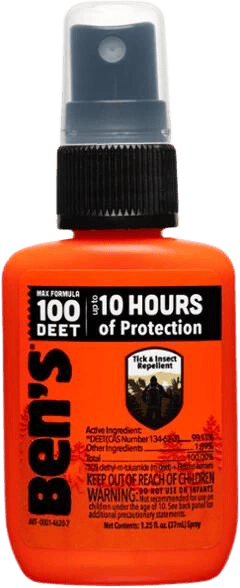
DEET, the gold standard for insect repellents, provides effective protection against a wide range of insects, including no-see-ums. It is available in various concentrations, with higher concentrations providing longer-lasting protection. However, choose a lower concentration if you have sensitive skin as DEET can be harsh.
Picaridin

Similar to DEET in effectiveness, Picaridin is a synthetic chemical less likely to irritate the skin and less damaging to plastics and synthetic fabrics.
Permethrin
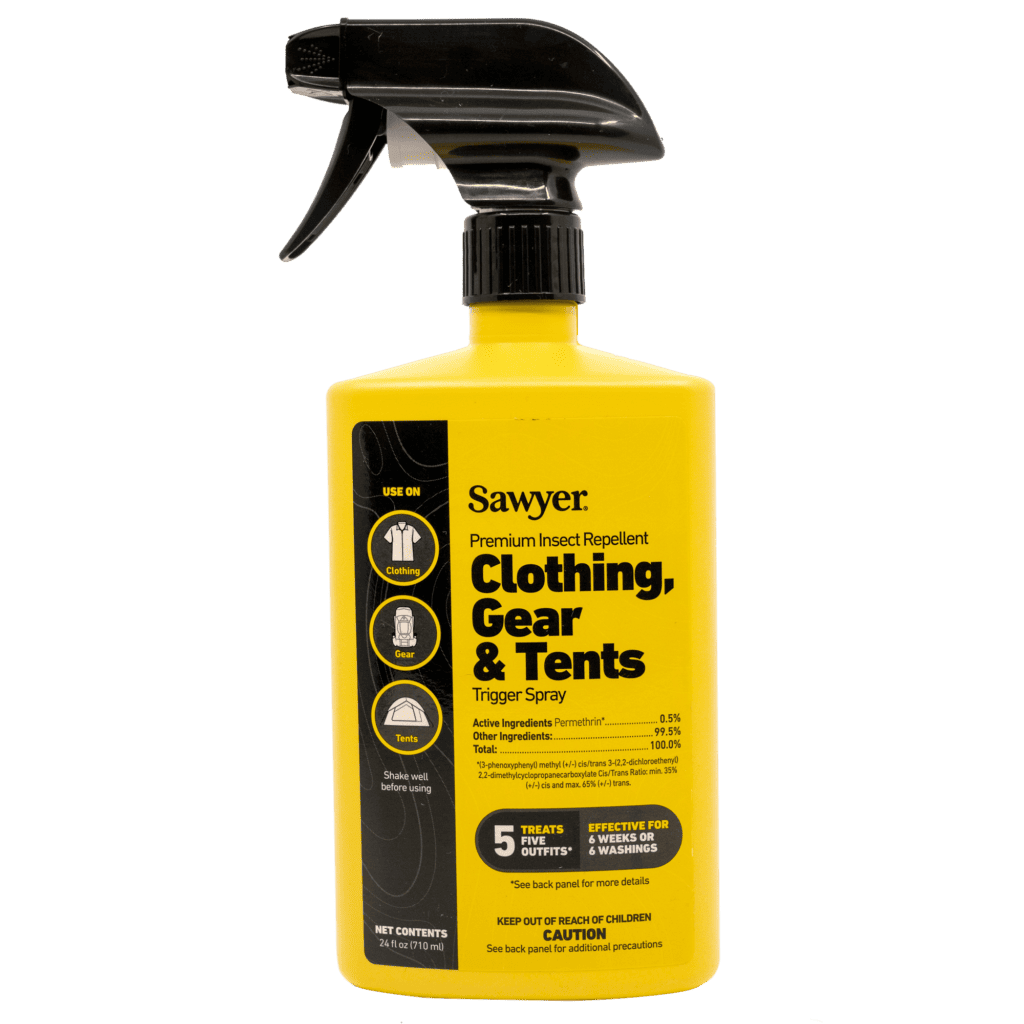
Permethrin is a synthetic insecticide that you can apply to clothing and gear for long-lasting protection against no-see-ums, mosquitoes, ticks, and other biting insects. Not suitable for application directly onto skin, permethrin-treated clothing can be a significant deterrent for these little pests.
IR3535 (Insect Repellent 3535)
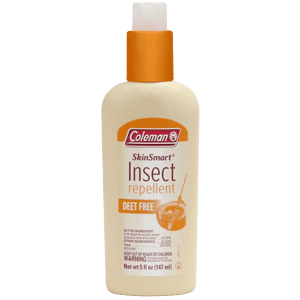
IR3535 is a synthetic repellent that provides effective protection against a variety of biting insects, including no-see-ums. It is considered to be less irritating to the skin and eyes than some other options, making it a potentially suitable choice for people with sensitivities.
What are the Natural Repellents Available for No-See-Ums?
If you prefer a more natural approach in warding off no-see-ums, consider trying Oil of Lemon Eucalyptus (OLE) and essential oils.
OLE (Oil of Lemon Eucalyptus)
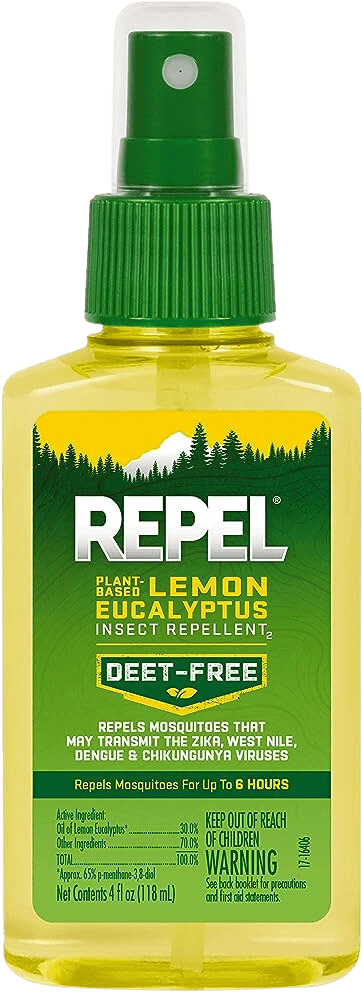
Oil of Lemon Eucalyptus is effective against no-see-ums. Although not as effective as DEET or Picaridin, it offers a natural alternative for those sensitive to chemical repellents.
Essential Oils
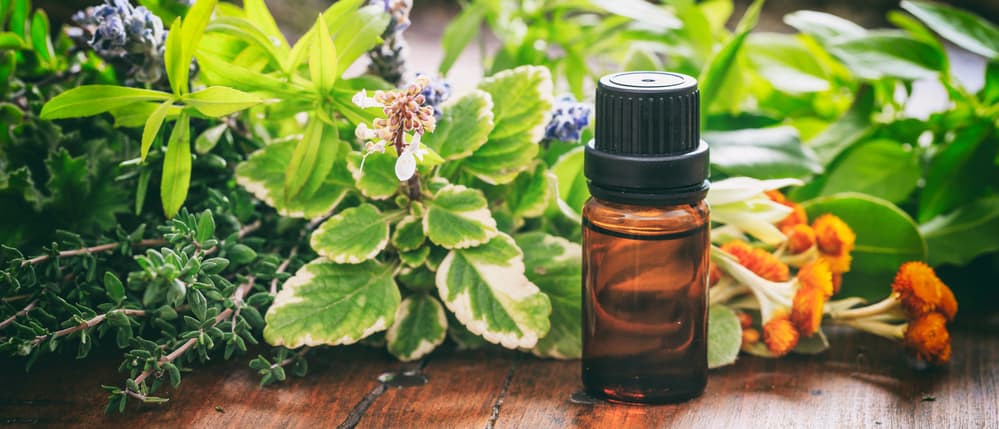
Certain essential oils such as citronella, lemongrass, and peppermint also help to deter no-see-ums. Nonetheless, remember that natural repellents typically do not provide as much coverage as their synthetic counterparts.
What are the Repellent Devices and How Do They Work?

For outdoor protection, consider using repellent devices containing allethrin. Allethrin, a synthetic version of a chrysanthemum extract, creates a perimeter of protection warding off no-see-ums and other insects. However, these devices should only be used outdoors.
What is the Best Repellent for No-See-Ums in States Like Florida?
Florida residents and visitors seek long-lasting, effective repellents due to the heavy no-see-um populations. While the aforementioned repellents can all help, products with high DEET or picaridin concentrations are often the top choice. Plus, permethrin, a synthetic insecticide, can be applied to clothing and gear offering additional protection. However, keep in mind that everyone reacts differently to these products, so it’s worth trying several approaches to find what works best for you.
How to Choose the Best No-See-Um Repellent?
Choosing a suitable no-see-um repellent involves several factors:
- Severity of the Infestation: The more no-see-ums present in an area, the more potent your insect repellent should be. In other words, areas with heavy infestations should consider stronger repellents.
- Concentration of the Active Ingredient: A higher concentration generally means longer-lasting protection. However, if the solution is too strong, it may irritate the skin or eyes, especially for people with sensitivities or allergies.
- Personal Skin Type: Some individuals are more susceptible to skin irritation from repellents than others. If you have sensitive skin, seek options labeled as “dermatologically tested” or “hypoallergenic.”
- Environmental Factors: If you spend a lot of time in the water, choose a repellent that is labeled as “water-resistant.” If you’re in hot or humid weather, a “sweat-resistant” solution is preferable.
What Are the Options for Specialized No-See-Um Repellents and Defense?
Specialized repellents and defense options exist that can provide comprehensive and efficient protection against no-see-ums.
What are the Best Sprays, Including Yard Sprays, for No-See-Ums?
For wide-area coverage, sprays like those containing DEET or picaridin can be very useful. Yard sprays, typically containing permethrin or other strong insecticides, can kill and repel no-see-ums outdoors.
What are the Top Bug Sprays Specifically Designed for No-See-Ums?
There are bug sprays on the market specifically designed for no-see-ums like some repellents from brands like Repel and Sawyer. They contain ingredients like picaridin or DEET which are highly effective against no-see-ums.
Is Skin So Soft Effective for No-See-Ums?
Skin So Soft, a product line by Avon, is not marketed as an insect repellent, but several users have reported that it works against no-see-ums. Although it might not be as effective as specialized repellents, some may find it a reasonable option, especially those with sensitive skin.
As with all pest control measures, it’s important to read and follow all product labels and instructions correctly for maximum effectiveness and safety. If one method doesn’t work for you, don’t be discouraged. Keep trying different options until you find one that suits your needs and gives you relief from bothersome no-see-ums.
What Are the Effectiveness and Limitations of Different Repellents?
When it comes to no-see-um repellents, you need to understand both their effectiveness and their limitations. This information will help you choose the most suitable repellent.
How effective is DEET against no-see-ums, and what are its potential drawbacks?
DEET is highly effective against no-see-ums, offering excellent protection. However, the concentration of DEET in a product can influence its duration of effectiveness. High concentrations offer longer protection but may cause skin irritation or damage certain materials like plastics or synthetic fabrics.
How does picaridin compare to DEET in terms of effectiveness and skin irritation?
Picaridin is comparable to DEET in effectiveness. Many find that picaridin tends to be less irritating to the skin and less damaging to certain materials, making it a viable alternative to DEET.
What are the pros and cons of natural repellents like OLE and essential oils?
Natural repellents like Oil of Lemon Eucalyptus (OLE) and essential oils are favored by those desiring a more environmentally friendly or chemical-sensitive solution. While they can offer protection, natural repellents tend to require more frequent application and overall, might not be as effective as synthetic options.
What Are the Best Practices and Guidelines for Using No-See-Um Repellents?
Using no-see-um repellents effectively is crucial to successfully ward off these biting bugs.
How Often Should Repellents Be Reapplied?
Reapply repellents as per the instructions on the product label. Factors like sweating, getting wet, or wiping off the repellent can reduce its effectiveness, requiring more frequent applications.
What Are the Safety Guidelines for Using Insecticides Against No-See-Ums?
Always adhere to the safety guidelines on the product label when using insecticides. Avoid contact with eyes and mouth, and wash your hands immediately after application. Keep these products out of reach of children and pets. If you experience an adverse reaction, stop using the product, and consult a healthcare provider.
What are Additional Measures to Deter and Repel No-See-Ums?
In addition to using repellents, other measures can help deter no-see-ums, such as:
- Wearing long-sleeve shirts and pants.
- Using fine-mesh screens on windows and doors.
- Trimming vegetation around the home.
- Utilizing bug zapper lights or bug nets outdoors.
Repellents and other control measures can undoubtedly help, but do not guarantee 100% protection. Continual monitoring and adjustments may be needed depending on the severity and persistence of the no-see-ums problem.
Conclusion
While no-see-ums can indeed be a nuisance with their pesky bites, the good news is there are several effective measures available to repel them. Synthetic repellents, natural alternatives, and preventive actions can all play a role in your defense strategy. The key to success lies in finding the right combination of methods that work best for your specific situation and adhering to safe and consistent application practices. Rest assured, with the right knowledge and tools, you can enjoy your outdoor activities or peaceful evenings at home, undisturbed by these tiny pests.



